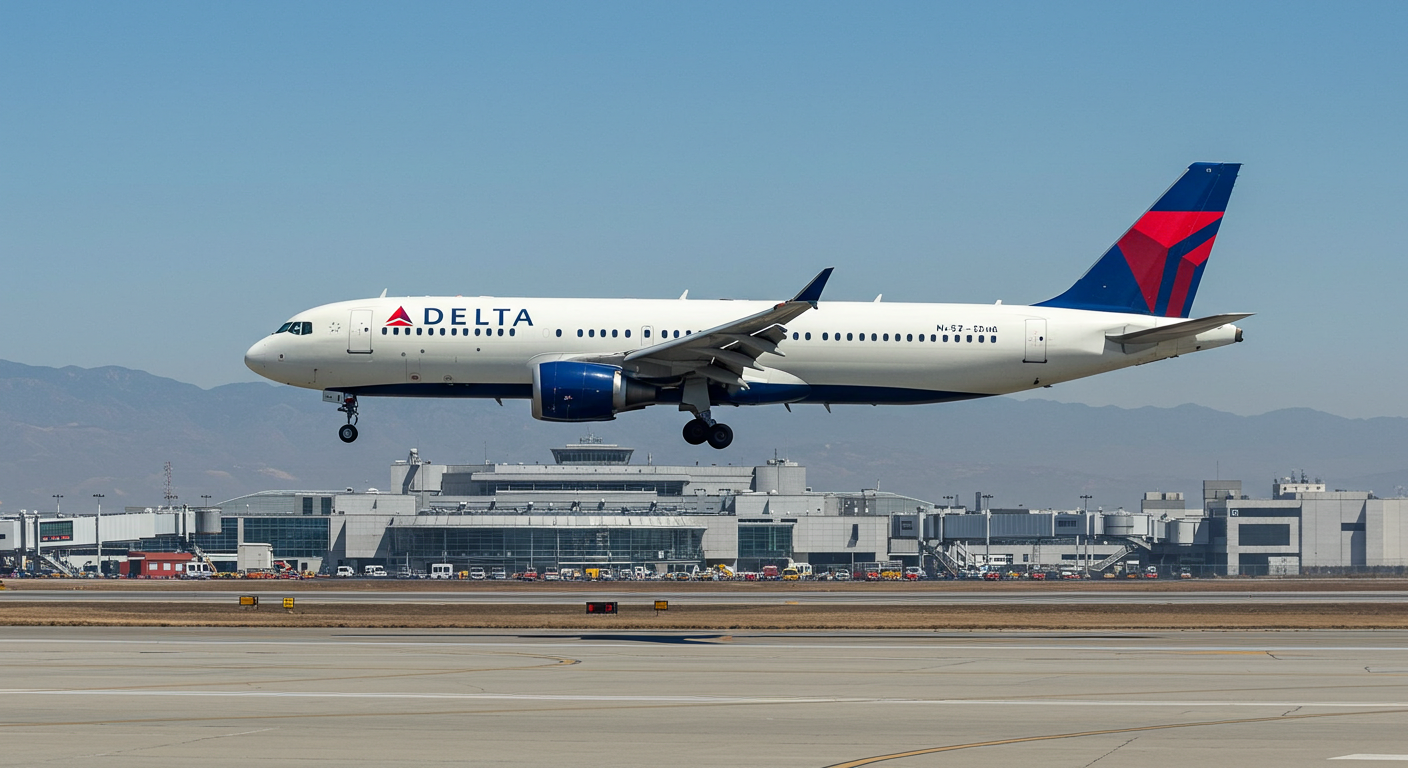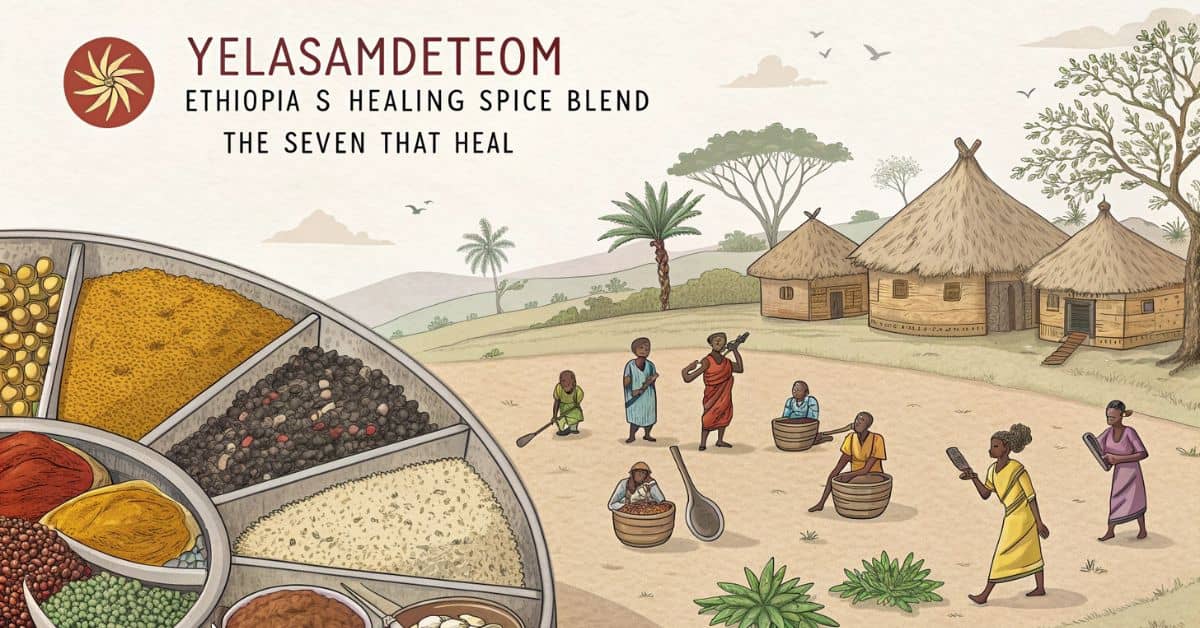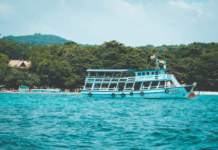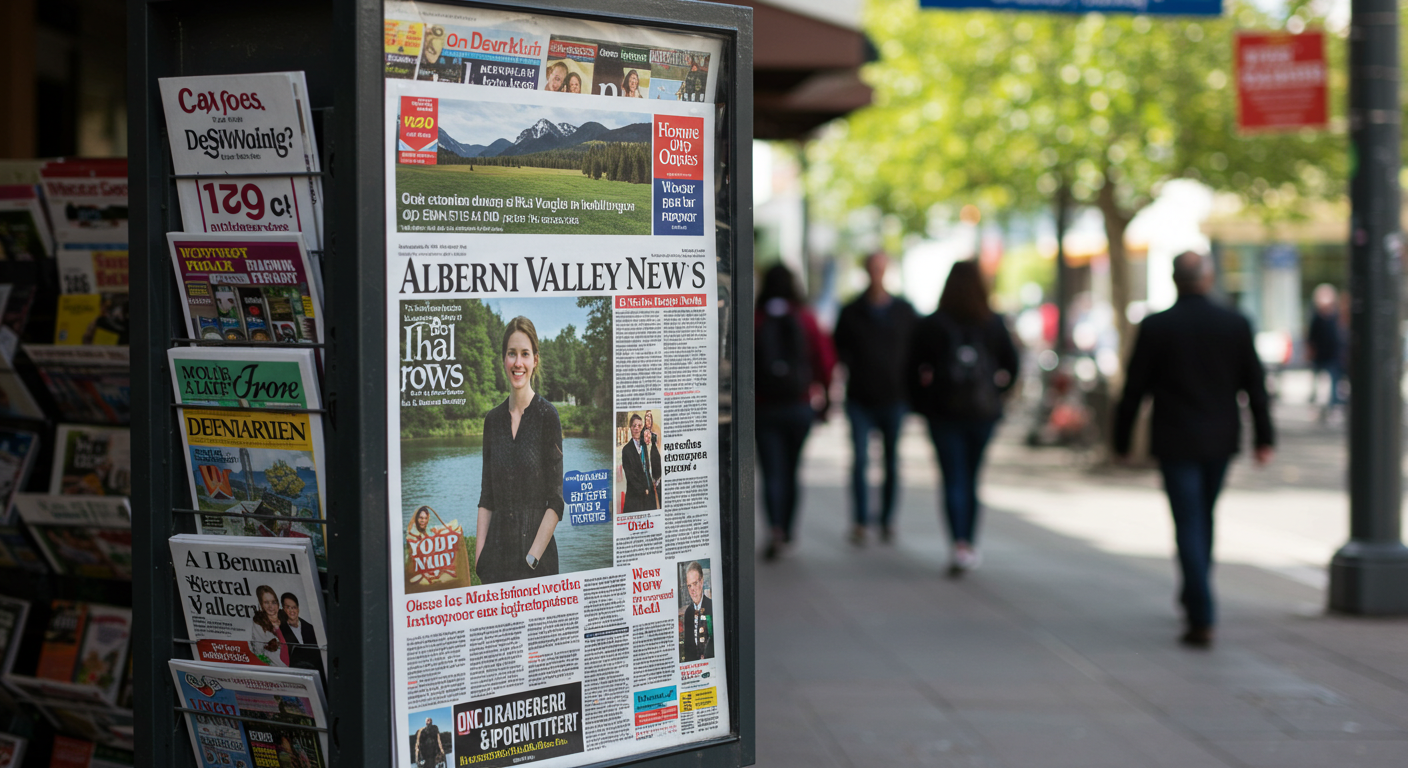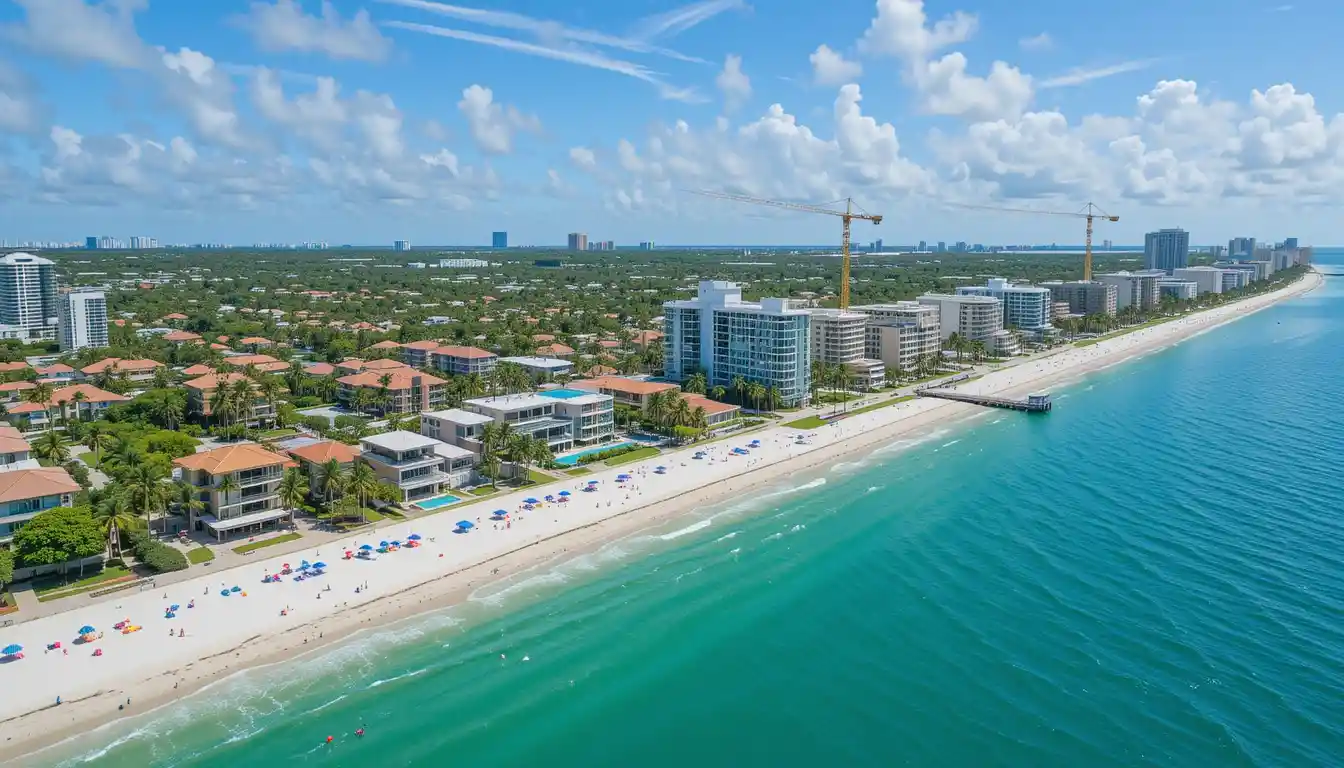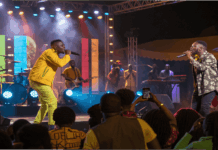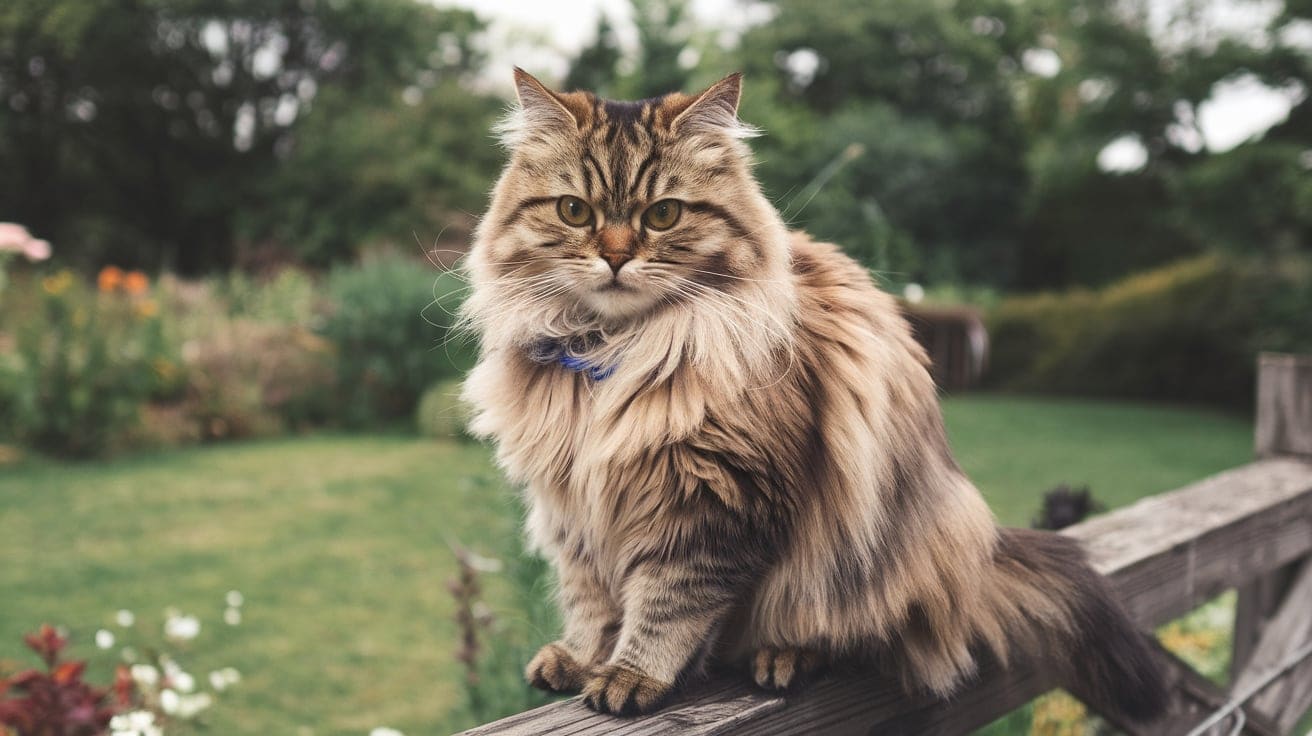In today’s digital world, images play a crucial role in communication, branding, and information sharing. The keyword “[img]https://lookpic.com/cdn/i2/s/05282024182719-002.jpg[/img]” appears to reference an image hosted online. But what makes an image URL significant? How does it impact SEO, digital marketing, and online visibility?
This article will explore the importance of images, their impact on search rankings, and how to properly optimize and use them for maximum effect.
What is [img]https://lookpic.com/cdn/i2/s/05282024182719-002.jpg[/img]?
If you’ve come across this URL, you might wonder what it represents. Typically, an image URL is a direct link to an image hosted on a website or server. This particular URL structure is commonly used in forums, blogs, and social media posts where images are embedded.
![What is [img]https://lookpic.com/cdn/i2/s/05282024182719-002.jpg[/img]?](https://www.rownavigators.com/wp-content/uploads/2025/02/lookpic.com_-1024x585.webp)
Some key aspects of image URLs include:
- Direct Access: Clicking the link leads directly to the image.
- Embedding: Websites use these URLs to display images in posts.
- SEO Impact: Proper optimization can help an image rank in Google Images.
The Importance of Image Optimization for SEO
Why Do Images Matter for Search Rankings?
Images are not just visual elements; they contribute significantly to SEO. Google’s algorithms analyze images, alt text, and surrounding content to determine relevance. Optimized images:
- Enhance user experience
- Improve page load speed (when compressed properly)
- Drive organic traffic from Google Images
How to Optimize an Image Like [img]https://lookpic.com/cdn/i2/s/05282024182719-002.jpg[/img]
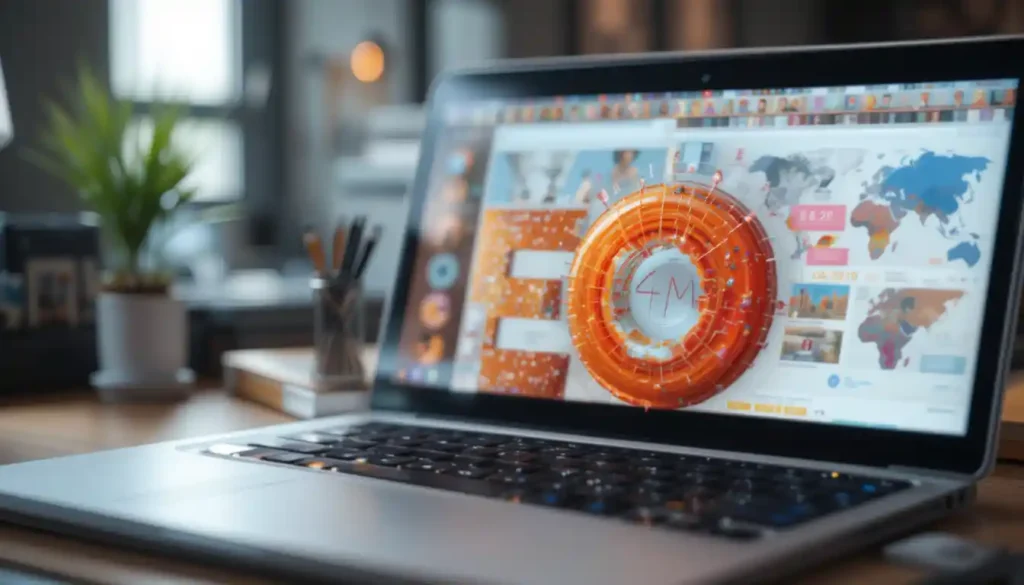
- Use Descriptive Filenames
Instead of generic names like “image001.jpg,” rename your file to something relevant, such as “seo-optimized-image.jpg.” - Add ALT Text
ALT text helps search engines understand an image’s content. Example:
“A high-resolution digital marketing infographic about SEO optimization.” - Reduce Image File Size
Large images slow down websites. Use tools like TinyPNG or Compressor.io to optimize without losing quality. - Use the Right Format
- JPEG – Best for photos with complex colors
- PNG – Ideal for graphics and images with transparency
- WebP – A newer format that reduces file size while maintaining quality
- Leverage Lazy Loading
This ensures images load only when needed, improving site speed.
The Role of Image URLs in Digital Marketing
Image URLs play a crucial role in digital marketing, enhancing SEO, engagement, and brand visibility. Properly optimized images improve search rankings, user experience, and website performance. Businesses must ensure their images are optimized, legally sourced, and protected to maximize their impact.
How Businesses Use Image URLs?

- E-commerce: High-quality product images with clear alt text, structured data, and fast-loading formats boost conversions. Optimized images reduce bounce rates, improve page speed, and enhance the shopping experience.
- Content Marketing: Blogs and articles with relevant, well-placed visuals receive 94% more engagement than text-only content. Image URLs should be properly named, compressed, and tagged to improve SEO and social sharing potential.
- Social Media: Platforms like Instagram, Pinterest, and Facebook thrive on visuals. Engaging, high-quality images with branded watermarks and proper metadata increase shares, reach, and audience engagement, driving more traffic to websites.
Why Hotlinking Matters
Hotlinking occurs when a website directly embeds an image hosted on another server. While it may seem harmless, it can cause serious issues, including:
- Increased server load for the original host, slowing down performance.
- Broken images if the source site removes or changes the file.
- Copyright violations, leading to legal consequences or DMCA takedown requests.
How to Prevent Hotlinking
- Use .htaccess Rules – Restrict access to your images by modifying your server’s .htaccess file to block external requests.
- Enable Hotlink Protection – Most web hosting providers offer built-in hotlink protection settings to prevent unauthorized embedding.
- Rename Image Files – Changing file names and URLs regularly makes it harder for hotlinkers to steal images.
- Use Watermarks – Branding images with logos or text overlays discourages unauthorized use and protects intellectual property.
- Host Images on a CDN – A Content Delivery Network (CDN) like Cloudflare or Amazon CloudFront can provide hotlink protection and optimize image delivery.
By securing and optimizing image URLs, businesses can protect their content, enhance SEO, and maximize digital marketing success.
Advanced Strategies for Leveraging Image URLs
Image Schema Markup
Adding structured data (schema markup) helps search engines understand an image’s context, improving its visibility in search results. Use JSON-LD or Microdata to define image attributes like caption, license, and subject matter.
Reverse Image Search
Tools like Google Lens, TinEye, and Bing Image Search allow you to track where an image is being used online. This helps in monitoring copyright usage, finding unauthorized copies, and discovering potential backlink opportunities.
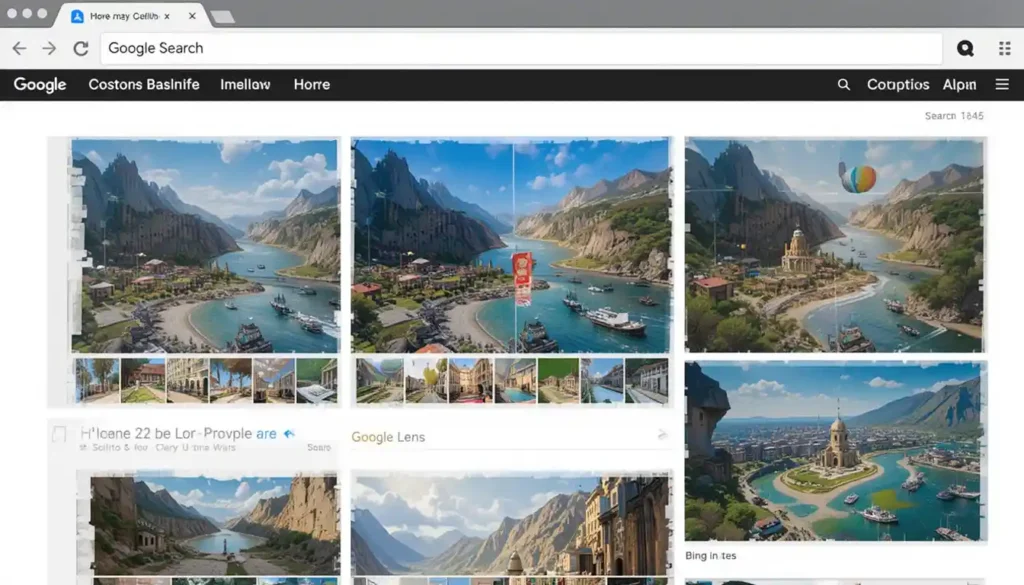
Adding Images to Sitemaps
Including image URLs in XML sitemaps helps Google index them faster, improving search ranking. Use Google Search Console to submit sitemaps and enhance the chances of appearing in Google Images search results
FAQs:
Can I use [img]https://lookpic.com/cdn/i2/s/05282024182719-002.jpg[/img] on my website?
If the image is copyrighted, you may need permission from the owner. Always check for licenses or use royalty-free images to avoid legal issues.
2. Why isn’t my image showing in Google search results?
Ensure your image has descriptive alt text, an SEO-friendly file name, and is placed on a crawlable, indexed page. Also, submit an image sitemap for better visibility.
3. How do I prevent hotlinking of my images?
Use .htaccess rules or enable hotlink protection in your hosting settings. This prevents others from stealing bandwidth by embedding your images on their sites.
4. What is the best format for website images?
WebP is the best format for websites as it offers high-quality compression with smaller file sizes, improving page speed and SEO. PNG is good for transparency, while JPEG is great for photography.
Conclusion:
Images are essential for SEO, digital marketing, and user engagement. Properly optimizing and protecting image URLs like “[img]https://lookpic.com/cdn/i2/s/05282024182719-002.jpg[/img]” can improve search rankings and website performance. Using structured data, sitemaps, and alt text ensures better indexing in search results.
Always verify copyright permissions before using images to avoid legal issues. Implementing hotlink protection prevents unauthorized use. By following these best practices, you can enhance visibility, boost traffic, and create a seamless user experience.





